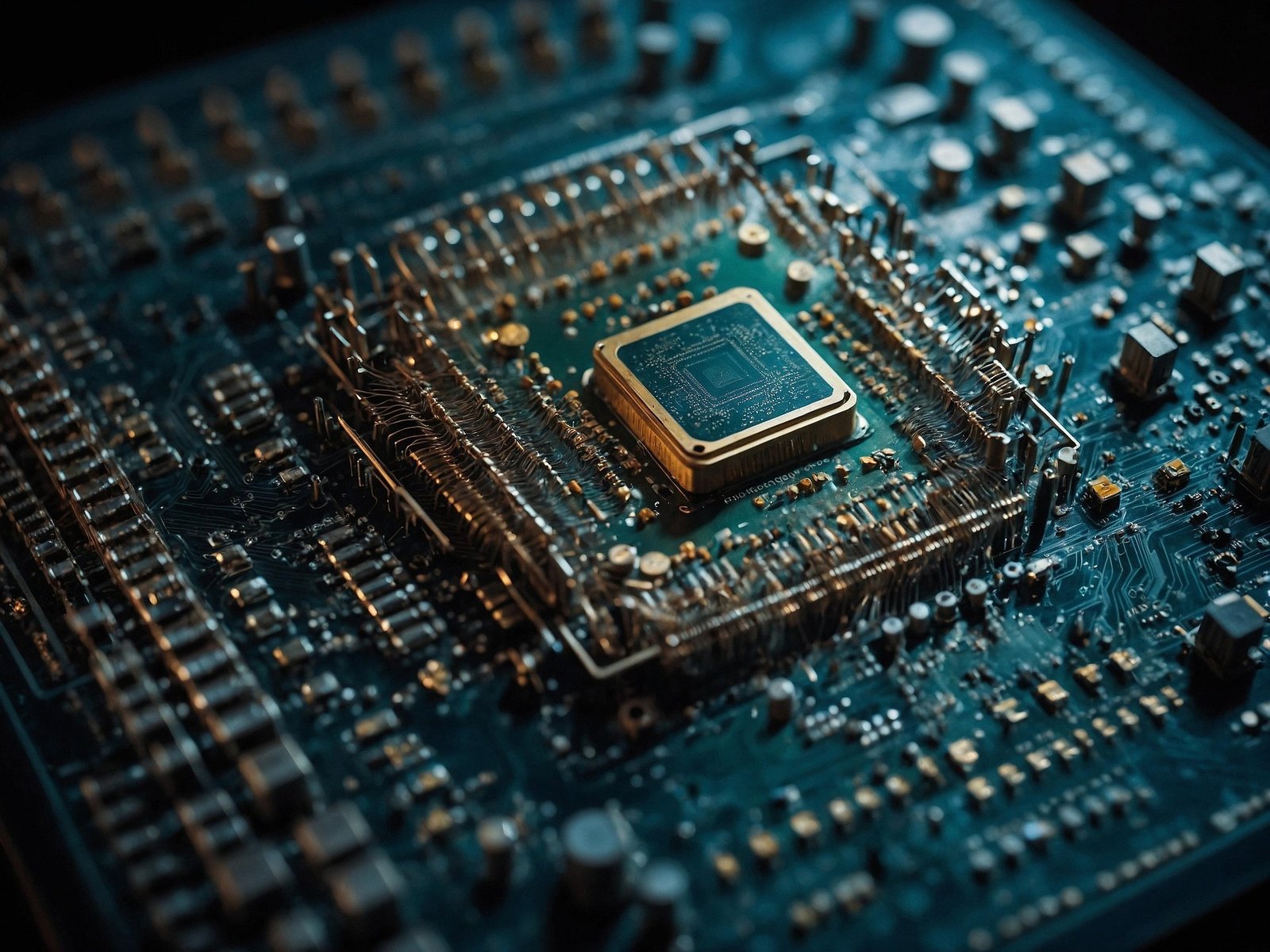Chip Making and India
The State of Chip Manufacturing in India: Opportunities and Challenges
India, often referred to as the “IT hub of the world,” has seen remarkable growth in its technology sector. However, the nation has historically relied on imports for semiconductor chips, the backbone of all modern electronics. Recently, with the global semiconductor shortage and increasing geopolitical shifts, India is making significant strides toward developing its semiconductor manufacturing ecosystem. Here’s an in-depth look at the current state, challenges, and opportunities in chip manufacturing in India.
1. Overview of Chip Manufacturing in India
Semiconductor chips, also known as integrated circuits (ICs), are the building blocks of modern technology, powering everything from smartphones to electric vehicles. India’s dependence on foreign-made chips has long been a concern for policymakers, as the nation is one of the largest consumers of semiconductors globally.
To address this gap, the Indian government has launched initiatives to develop domestic semiconductor capabilities, including establishing manufacturing plants (fabs) and nurturing a skilled workforce.
2. Government Initiatives and Policy Support
The Indian government has unveiled several programs to strengthen the semiconductor industry:
- Semicon India Program: Launched with an outlay of ₹76,000 crore ($10 billion), this initiative aims to establish semiconductor fabs and display fabs in the country.
- PLI Scheme (Production Linked Incentive): The PLI scheme offers financial incentives to encourage semiconductor manufacturing and related activities.
- Infrastructure Development: Special Economic Zones (SEZs) and Electronics Manufacturing Clusters (EMCs) are being set up to provide the necessary infrastructure for chip manufacturing.
These initiatives are designed to attract global players and foster a robust semiconductor ecosystem in India.

3. Emerging Players in India’s Semiconductor Industry
Several domestic and international players are contributing to India’s semiconductor ambitions:
- Vedanta-Foxconn JV: This collaboration aims to set up India’s first semiconductor manufacturing facility, focusing on both chip production and display manufacturing.
- ISRO (Indian Space Research Organisation): ISRO has developed capabilities in fabricating special-purpose chips for satellites and space applications.
- STMicroelectronics and Tata Group: These entities are exploring opportunities in semiconductor design and manufacturing.
4. Challenges in Chip Manufacturing
Despite the enthusiasm, India faces several hurdles in becoming a semiconductor powerhouse:
- High Capital Investment: Setting up a semiconductor fab requires billions of dollars in investment, along with advanced technology and infrastructure.
- Skilled Workforce: While India has a strong talent pool in electronics and IT, specialized skills in semiconductor manufacturing are still limited.
- Supply Chain Dependence: The raw materials and equipment for semiconductor manufacturing are heavily imported, making India dependent on global supply chains.
- Technological Gap: Competing with established chip-making hubs like Taiwan and South Korea requires cutting-edge technology and research.
5. Opportunities and Future Prospects
The global semiconductor market is expected to grow significantly in the coming years, presenting immense opportunities for India:
- Rising Demand: With the advent of 5G, electric vehicles, and IoT devices, the demand for semiconductors is skyrocketing.
- Strategic Partnerships: Collaborations with countries like the US, Japan, and South Korea can help India access advanced technologies and expertise.
- Design Expertise: India already excels in chip design, and building on this strength can give the country a competitive edge.
- Startups and Innovation: The government’s support for startups in the semiconductor sector is fostering innovation and entrepreneurship.
6. The Road Ahead
To realize its semiconductor ambitions, India needs to focus on:
- Infrastructure Development: Building state-of-the-art fabs and electronics manufacturing clusters.
- Skill Development: Training programs to create a skilled workforce for semiconductor manufacturing.
- Research and Development: Investment in R&D to bridge the technological gap and foster innovation.
- Policy Reforms: Streamlining regulatory processes to attract global investors.
Conclusion
India’s journey toward self-reliance in semiconductor manufacturing is both ambitious and essential. While challenges remain, the combination of government support, industry collaboration, and a growing talent pool makes the future of chip manufacturing in India promising. As the nation continues to invest in this critical sector, it has the potential to become a global semiconductor hub, driving innovation and economic growth.